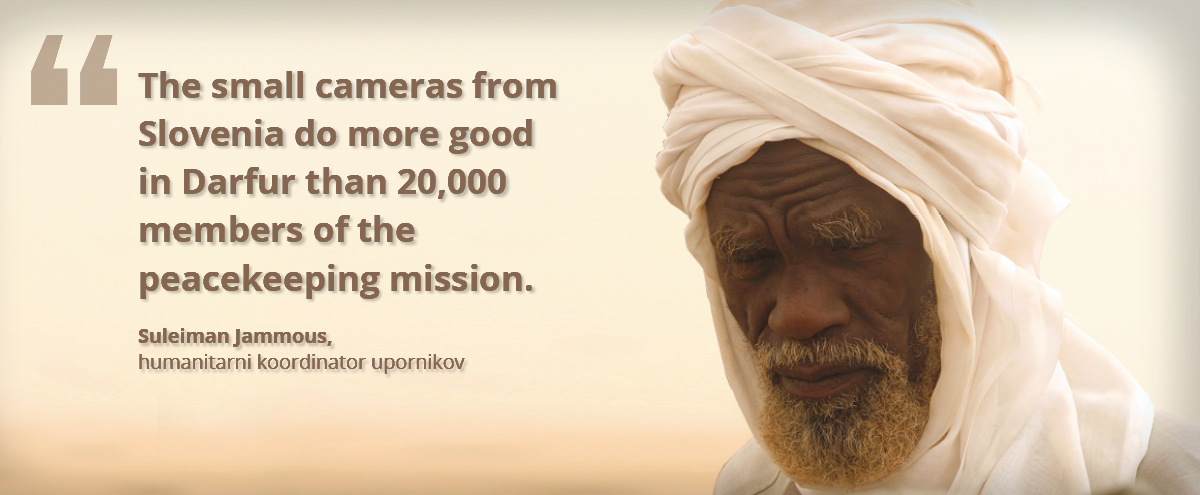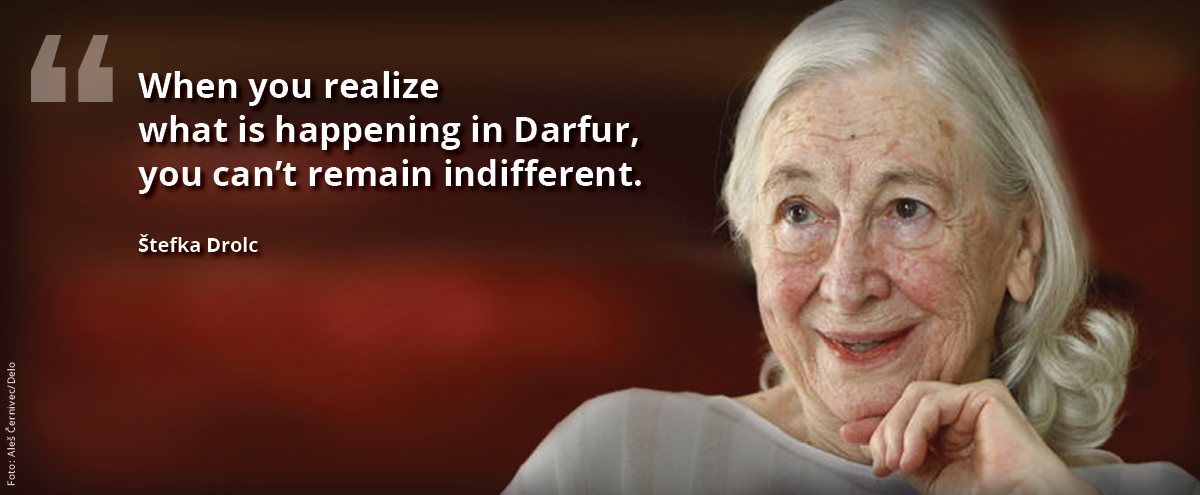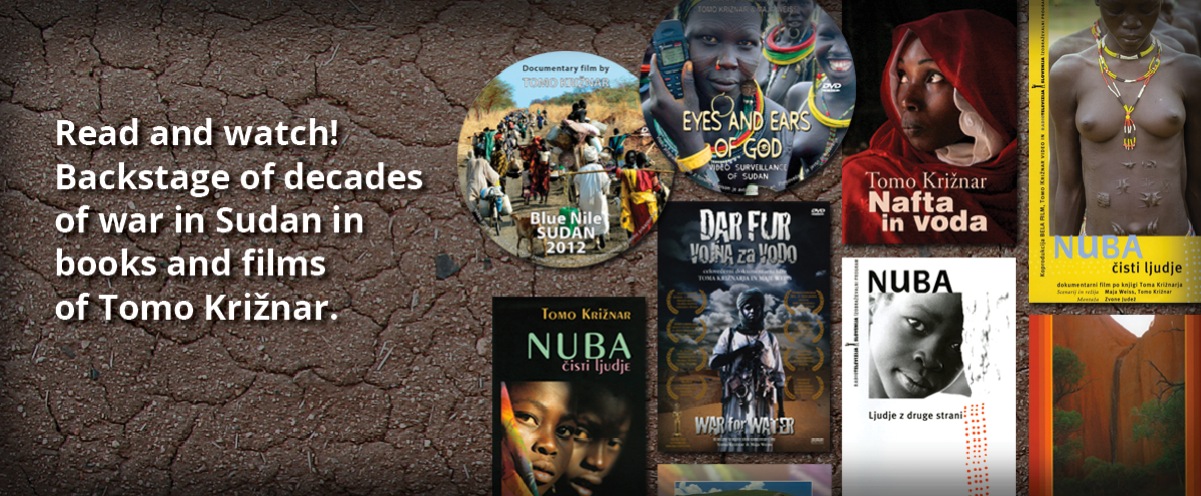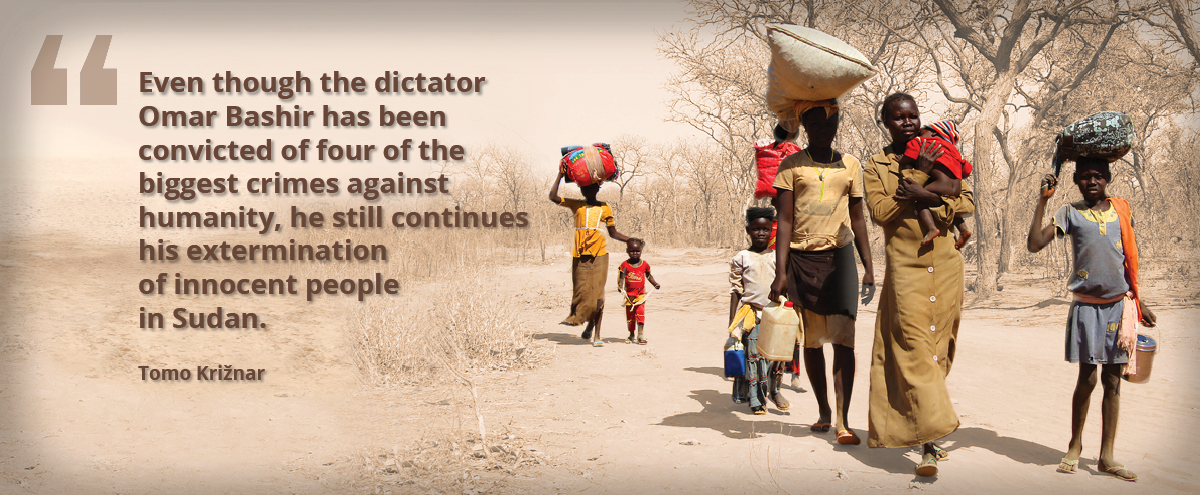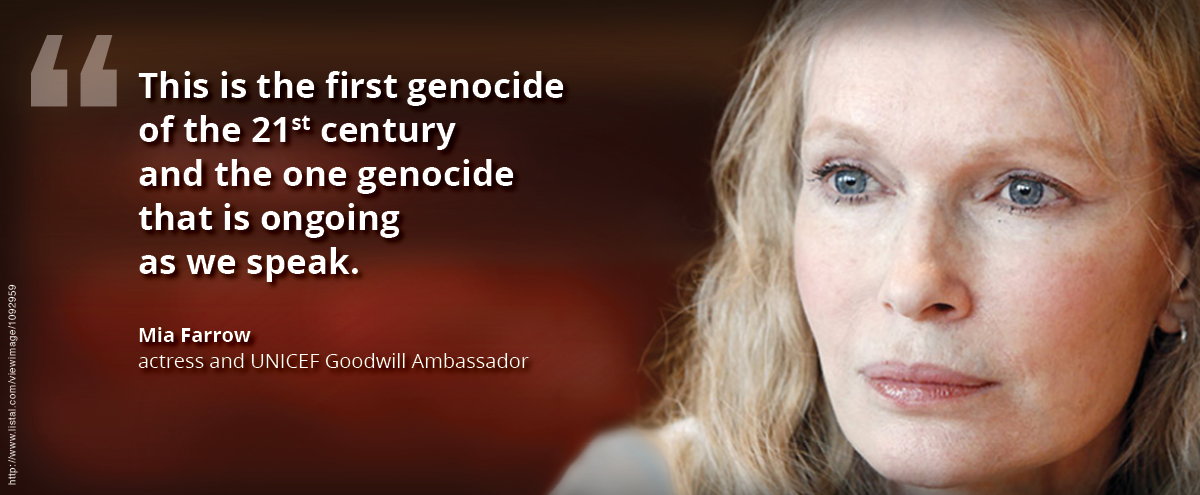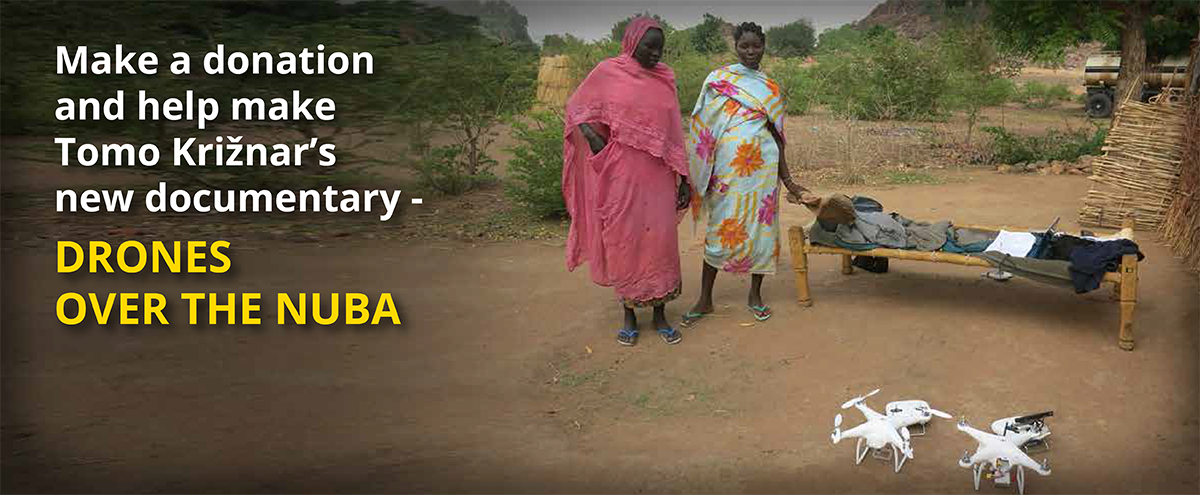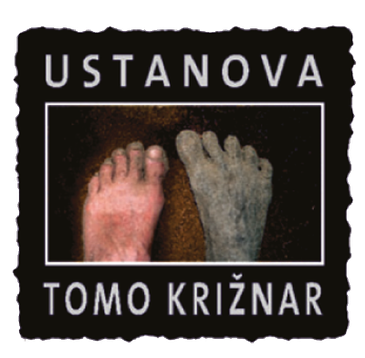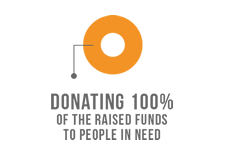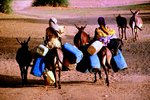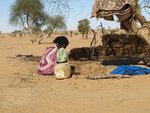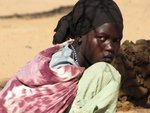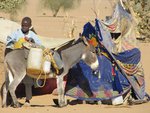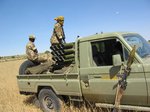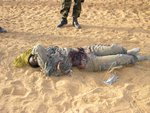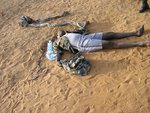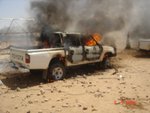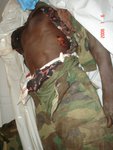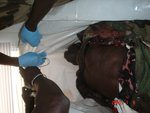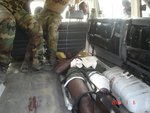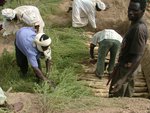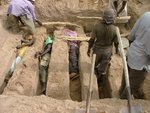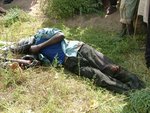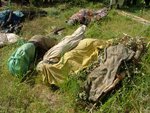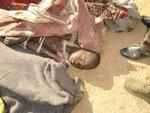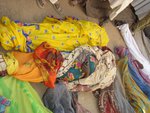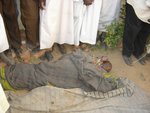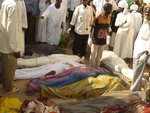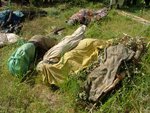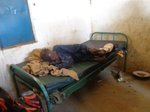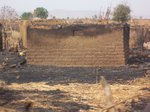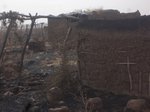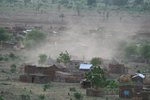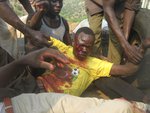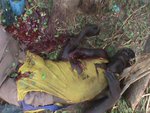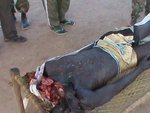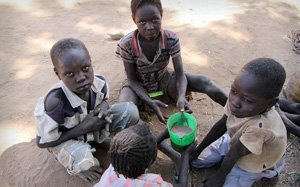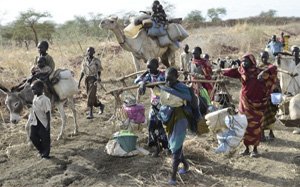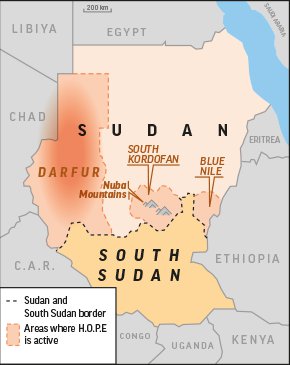
Darfur
Indigenous black peoples of Darfur have been warning about exploitation and marginalization since the 1960s, but this only led to even more violence, attacks and later to systematic extermination. That’s why in 2003 the local population formed resistance movements, took up arms and started fighting for survival and existence against the Sudanese government and its henchmen, the Janjaweed (“devils on horseback”), who loot, rape, kill and enslave. The rebellion of the African natives of Darfur in 2003, which the Arab government in Khartoum tried to suppress with such a high level of violence that it was recognized as genocide by the International Criminal Court and the USA, generated the most attention and help from the international community. But after the peace agreement, organized by the USA and the EU, which was only signed by one of the rebel groups, there was no peace – nor can there be.
The indigenous African peoples in Darfur are still under attack - by Russian-made Antonov bombers and the Chinese MiG fighter jets from the air, and by various Arab militias (the Janjaweed) on the ground. And ever since the peace agreement in 2006 there have been almost no media reports about this. Darfur remains the scene of one of the biggest humanitarian disasters of our time.


